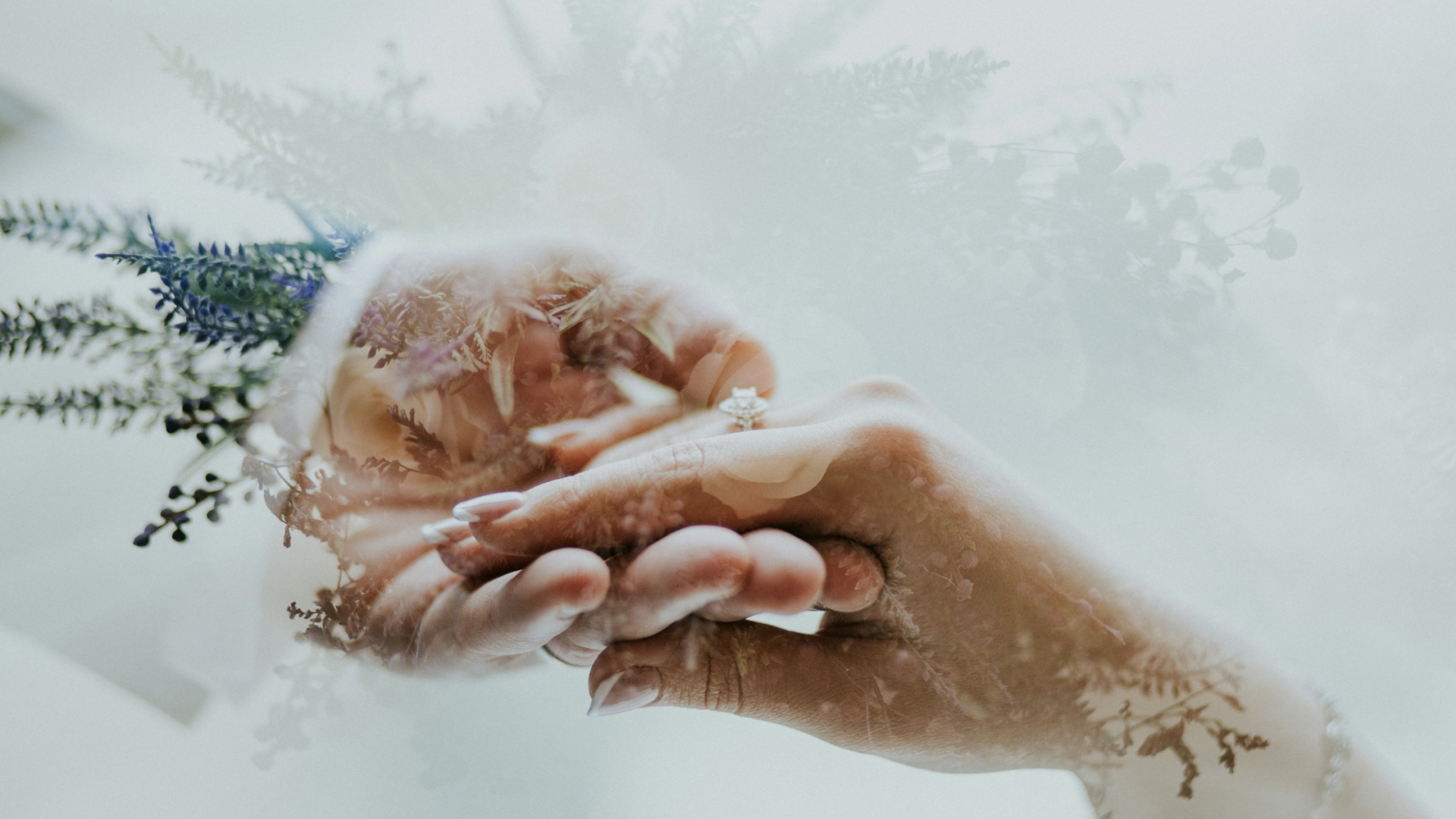- Joined
- Apr 19, 2004
- Messages
- 27,002

Well, lady, how come u got so many gorgeous rings???

All you enablers here on PS!
That's what I was thinking too.I suspect the higher value of higher clarities make them more likely to be recut to modern standards.
Maybe it’s a cost thing? They are out there, OWD has 180+ OECs D-F colour on their site.
Thank you! I am fully ensconced in old cut love and while I will never say never I think that yes this is my forever stone. Though if I won the lottery and could have different flavors I’d rock an antique pear and antique emerald cut so fast I’d leave smoke in the wake. Hahaha
All you enablers here on PS!
The majority of people outside of this forum don’t know what an OEC/OMC is. Before I found my stones, I had a jeweler tell me they are “frozen balls of spit.” Haven’t been back there since!
ETA: To add, old cut lovers make up such a small percentage of the population. Outside of estate jewelers, people don’t have the opportunity to see and appreciate these types of diamonds.
I remember someone describing old cuts like antique lace. You know, with that creamy ivory look to it. It adds to the vintage feel of it I suppose, and people like that. I don't know why there aren't more d-f stones in older cuts.
ETA: To add, old cut lovers make up such a small percentage of the population. Outside of estate jewelers, people don’t have the opportunity to see and appreciate these types of diamonds.
My business partner noticed my newest acquisition (“Audrey”) during a lunch meeting. He told me that she was by far the most beautiful diamond he’d ever seen. I asked him why and he said, “I think it’s the big flashes of color. It looks different than other [modern round] ones.” And that is when he became appreciative of vintage cuts. It was a proud moment for me.
Mine is a lab diamond, but I have a 2.52 ct D AVR and both the colors and flashes of white it displays are gorgeous. I love looking at OEC style cuts in most of the color range, but I wanted a colorless one on my own hand.
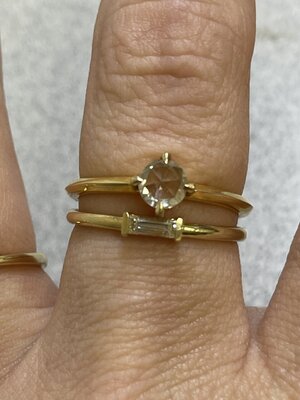
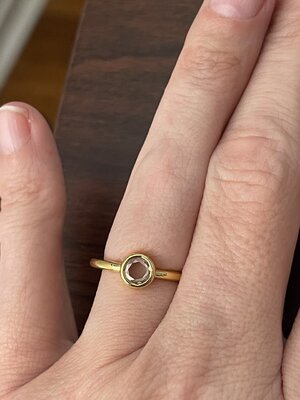
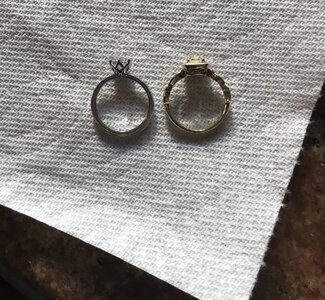
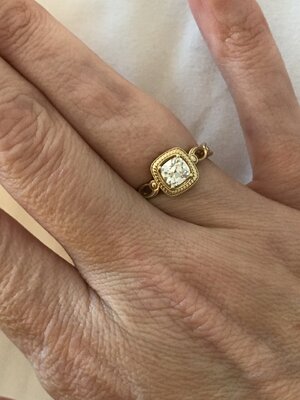
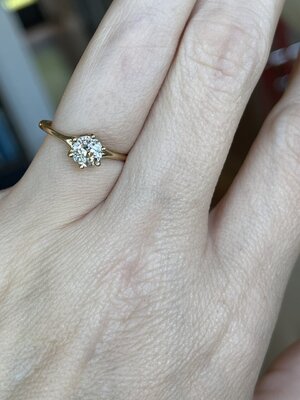
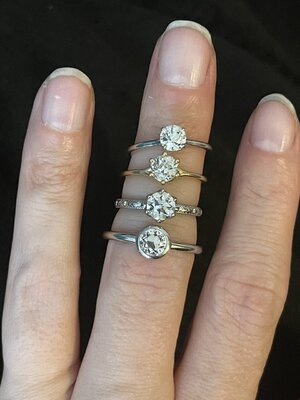
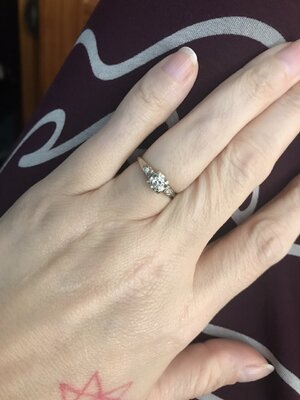
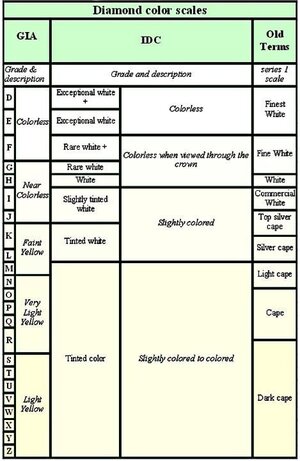
I just scrolled thru quickly but I think the point has been missed. The history of why old cut diamonds are predominantly yellowish (rarely brownish).
It is not a politically correct story.
On the right hand side of this chart is the description used more than 100 years ago in South Africa. When huge diamond mines were were found in South Africa a fair proportion were tinted yellow. Those diamonds were named Cape, just as high colored diamonds were called Wessleton and fluorescent diamonds Premier (referring to what was often found in those mines).
Now I think I will leave it to others to discover the meaning of the word cape. But the first time I heard it was when I employed an excellent South African jeweller.
Old miner and Neil of course answered part of the question about recutting of higher grade goods. They would also know the use of the word to describe yellowish diamonds way back when.
There were a much higher number of yellowish cape colored diamonds coming out of South Africa.
I just scrolled thru quickly but I think the point has been missed. The history of why old cut diamonds are predominantly yellowish (rarely brownish).
It is not a politically correct story.
On the right hand side of this chart is the description used more than 100 years ago in South Africa. When huge diamond mines were were found in South Africa a fair proportion were tinted yellow. Those diamonds were named Cape, just as high colored diamonds were called Wessleton and fluorescent diamonds Premier (referring to what was often found in those mines).
Now I think I will leave it to others to discover the meaning of the word cape. But the first time I heard it was when I employed an excellent South African jeweller.
Old miner and Neil of course answered part of the question about recutting of higher grade goods. They would also know the use of the word to describe yellowish diamonds way back when.
There were a much higher number of yellowish cape colored diamonds coming out of South Africa.

I do
Before I found my stones, I had a jeweler tell me they are “frozen balls of spit.”
I had my personal diamond cut to order. The original diamond crystal was graded a Q by the cutter, but when it was finished it was graded a P by the AGSL. I am probably one of the few men in the world who was disappointed when his diamond came out a higher color than it was supposed to...
Can we see it?
I had my personal diamond cut to order. The original diamond crystal was graded a Q by the cutter, but when it was finished it was graded a P by the AGSL. I am probably one of the few men in the world who was disappointed when his diamond came out a higher color than it was supposed to...
